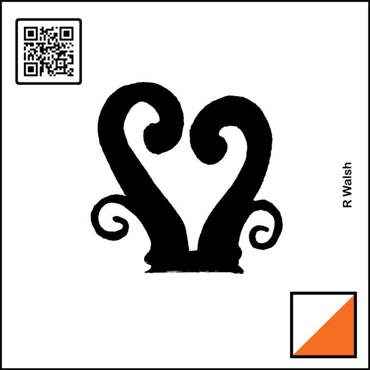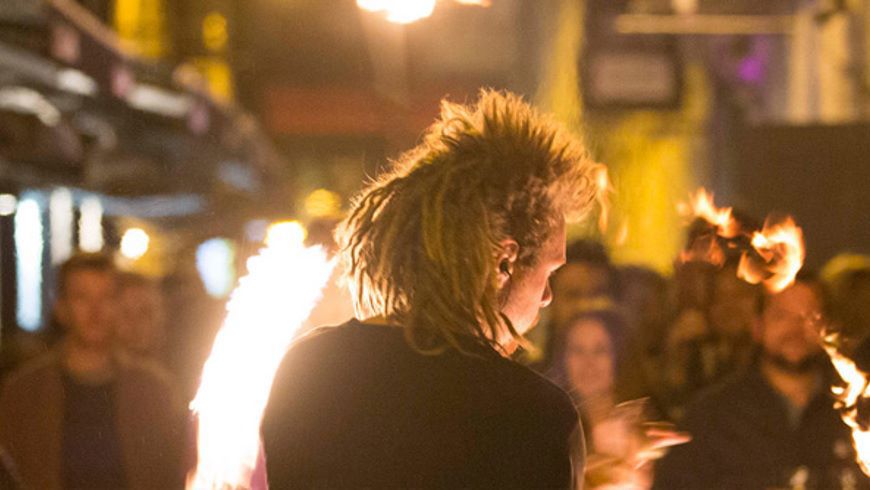Checkpoint 4: Skiddy’s Almshouse, Bob and Joan Walk


| This illustration marks our fourth checkpoint and was drawn by local artist - Regina Walsh. It depicts the wrought iron gates that hang at the entrance to Skiddy's Almshouse. Statues of school children (known as Bob and Joan) once stood at these gates. There were moved to Shandon Church in the 1950s. |
Congratulations on reaching Checkpoint 4.
You are now standing in front of Skiddy’s Almshouse - the oldest inhabited building in Cork City.
The History behind the Almshouse name
This remarkable building was constructed in 1719 as a home for Cork City’s elderly poor. Its unusual name comes from a Cork man named Stephen Skiddy (also known as Scudamore), who made a fortune as a wine merchant in 16th century London. In his will, Skiddy stipulated that £24 must be sent annually to fund an almshouse in Cork City. True to his word, money has been set from Skiddy and the Vintners Federation in London for the last 400 years.
History of the Almshouse
Skiddy's Almshouse continued to be used right up until the 1960s when the North Infirmary Hospital took over the building. Plans were then put in place to demolish this wonderful almshouse and replace it with apartments. Luckily locals saw the historical value of Skiddy's Almshouse and formed the Cork Preservation Society (CPS) which stopped the demolition. The building has since been restored and is now used for social housing which carries on Stephen Skiddy's legacy.
Skiddy's Almshouse Architecture
The architecture of Skiddy’s Almshouse is of particular interest, as few early 18th century institutional buildings survive in Cork City or indeed Ireland. In fact this Almshouse claims to be the oldest civic building in the country!
If you look up you will see it has a hipped slate roof with round-headed dormer windows. These upper floors were the female dormitory rooms. While the lower floors were used as male dormitories. On the ground floor, you can see the unique arcade/loggia, similar to a church cloister. This was used by the elderly inhabitants as a walkway protected from the weather.
The steep roof, arcaded courtyard and French-style dormer windows show continental influences, but the almshouse may also have been inspired by Dublin’s Royal Hospital at Kilmainham.
| CLUE 4: Our next checkpoint is located on a street that has connections with Francis, Benedict and John Paul. It can be found close to this feature. |




